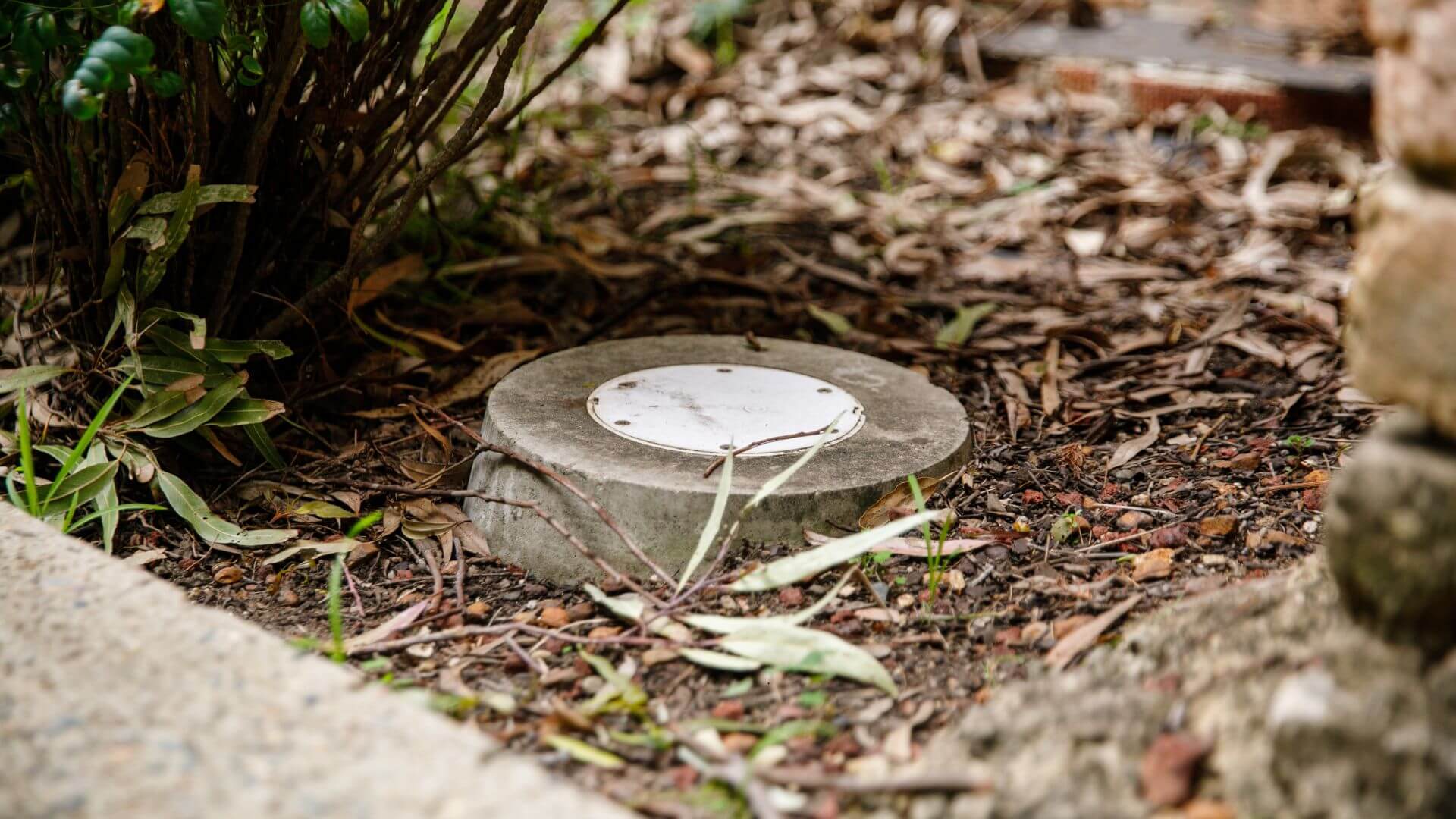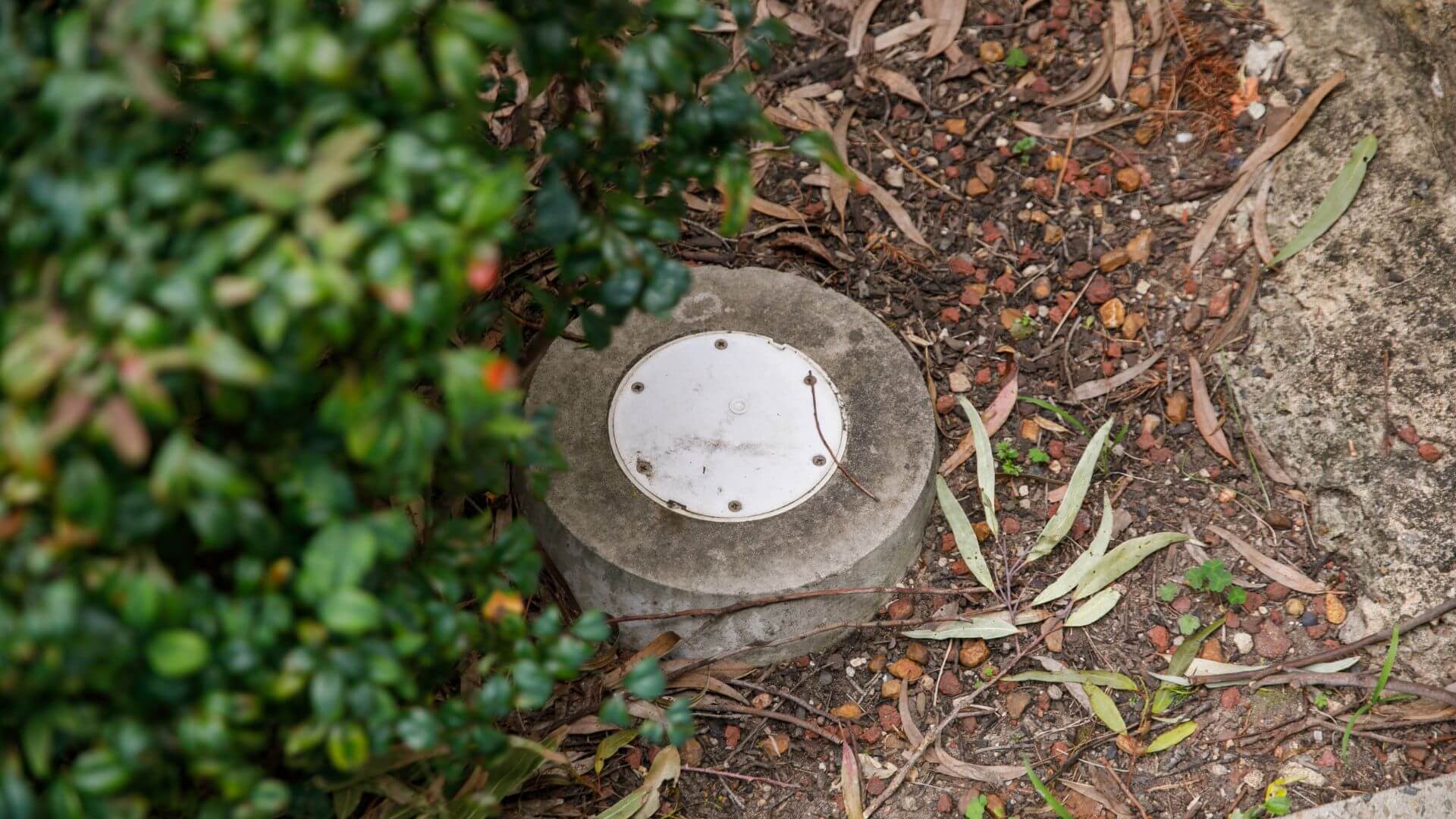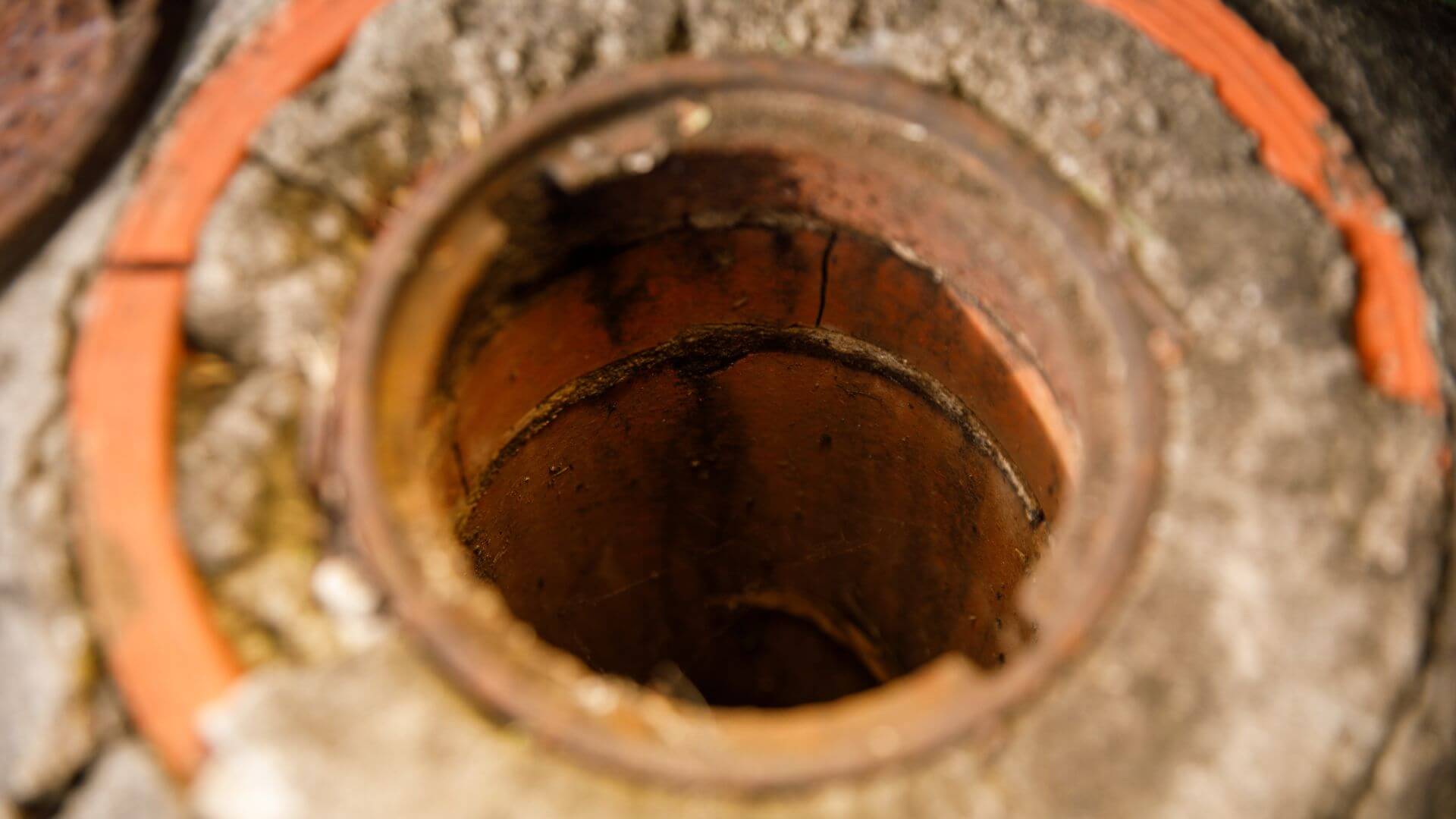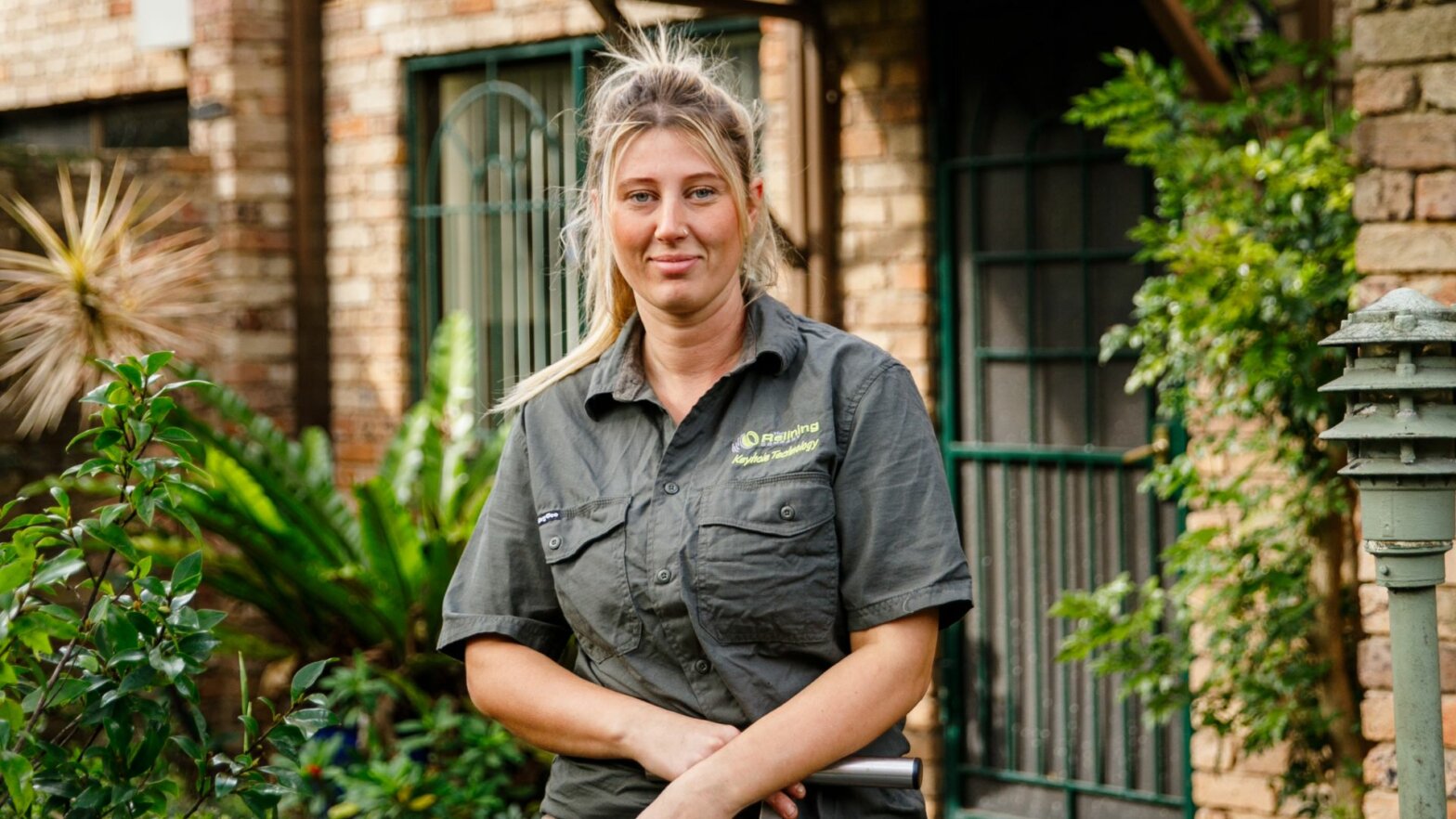Are you considering a DIY drain inspection? With the right tools and our handy step-by-step guide, you can identify various issues in your pipes, such as clogs, debris buildup, or root intrusion. Knowing what to look for and how to deal with arising issues before you begin the process is helpful.
If you notice something you’re not confident about dealing with yourself, The Relining Company has a team of expert technicians equipped with state-of-the-art equipment ready to come to your rescue.
So, how should you conduct a safe drain inspection, and when should you call the professionals?
Why Regular Drain Inspections Are Important
Routine drain inspections are crucial for preserving the health of your plumbing system. Neglecting your drains can lead to wider issues in your pipes and sewerage systems, resulting in blockages, clogs, smells, or water backup.
It’s natural for debris to build up in your pipes over time, but if it’s not removed, it can lead to more serious issues that require costly repairs. Frequent inspection allows you to catch these issues before they can progress.
You should develop a regular schedule of DIY and professional drain inspections. Don’t just wait until you’re facing an emergency to address any issues.

Tools You’ll Need for a Drain Inspection
At The Relining Company, we use state-of-the-art equipment, including high-definition CCTV cameras, to inspect the inside of your pipes efficiently.
For your DIY inspection, you should gather the following equipment before beginning:
- Gloves
- Safety goggles
- Non-slip footwear
- Torch
- Wrench (different sizes if necessary)
- Heat gun
- Penetrating oil
- Drain snake
- Drain brush
- Natural drain cleaner
Step-by-Step Guide to Inspecting Your Drain
1- Preparing for the Inspection
Before you start inspecting the drain, prepare the area to ensure a smooth and safe process. Remove any obstructions, such as plants, debris, or outdoor furniture and ensure the area is free from any potential hazards like sharp objects or slippery or uneven surfaces.
Next, ensure all the necessary equipment is within reach and easily accessible. Then, put on your gloves and safety goggles. These are essential for extra protection against potential hazards, including chemical exposure.
Ensure the area is well-lit so you can see what you’re inspecting clearly.
2- Removing the Inspection Cap
Once you’re ready to go, you need to locate the inspection cap on your drain pipe. It can be round or square and is usually found on the clean out pipe.
You can try several methods to remove the cap. First, use a heat gun to gently apply heat around the cap’s edge. As the cap isn’t removed regularly, it’s not uncommon for it to become stuck. This gentle heat should help loosen the cap.

Use a large plumbing wrench to unscrew the cap, applying steady pressure to avoid breaking it.
If this is successful, move on to step 3. If not, we have another option for you to try.
If the heating method doesn’t work, enlist the help of a penetrating oil. Do not try this whilst the cap is still hot; wait until it’s fully cooled to avoid a fire hazard.
First, remove any rust and dirt with a flathead screwdriver and a wire brush; this helps with the adhesion of the oil. Then, apply the oil around the outside edge multiple times over a 24-hour period and use the large plumbing wrench to remove the inspection cap.
If you still can’t access the drain after trying both these methods, call a professional for help. They can use more advanced tools and years of experience to remove the cap and inspect your drain.
3 – Inspecting the Drain
This step is the reason you started this process in the first place. It’s time to take a closer look inside your drain.
Use a torch to illuminate the inside of the pipe and look for any signs of blockages, leaks or internal damage. You should also check for any visible clogs or buildup.
Record anything you find to help inform future inspections conducted by you or a professional. If you don’t immediately notice any issues, a drain camera can be used to identify more severe blockages or root invasions. The Relining Company offers reliable, efficient, and high-quality CCTV drain inspections to develop a solid image of your pipe’s interior health.
4 – Cleaning the Drain
If you find minor issues during the inspection, addressing them promptly is essential. Stay clear of corrosive drain cleaners. They can eat away at your pipes, potentially resulting in more long-term issues like leaks or cracks. Instead, use a natural alternative, such as a baking soda and vinegar solution.
A plunger or plumbing snake can be used to clear small blockages, and a drain brush can help manually remove debris or buildup.
Routine cleaning and maintenance of your drains is the best way to ensure they remain functional and safe for as long as possible. This involves internal cleaning but also being careful with what your household flushes. Avoid putting grease, coffee, food waste, hair, and fat down your drains.

When to Call the Professionals
If clearing the blockage with DIY methods is proving difficult or the issue is recurring, it’s a sign that the problem may be more serious than initially anticipated. Sometimes, despite your best efforts, a blocked drain requires expert attention.
If you notice any of the following problems, call The Relining Company to arrange a comprehensive drain inspection.
- Persistent clogs
- Strange noises
- Bad smells
- Visible damage
- Water backup
- The same issue affecting multiple fixtures
Opting for a professional saves you time and effort and ensures the job is done safely and efficiently. Delaying a professional inspection will only worsen the problem, which could develop into a more severe, costly repair job.
Benefits of Professional Drain Services
Experts like our team at The Relining Company use state-of-the-art tools and techniques, such as CCTV drain cameras, to accurately diagnose and resolve your drain issues. This is much more effective than attempting to solve the issue yourself and less invasive than traditional digging methods. With our advanced technology and pipe relining solutions, there’s no need to dig.
Safety and efficiency are essential in plumbing jobs, and opting for a professional ensures the long-term health of your drains and pipes and the prevention of future issues.
Don’t Delay Professional Drain Inspection
DIY jobs can be a cost-effective way of solving minor issues with your drains and pipes. However, it’s important to acknowledge when the problem is more serious and when professional help is necessary.
At The Relining Company, we also offer comprehensive drain inspections, robotic cutting, trenchless pipe relining and tree root damage repair to keep your system performing optimally and at a high level.
We have developed a reputation for friendly customer service and excellent quality to Australian Standards. Get an obligation-free quote today and get the right advice for your plumbing issues.
Back to Top